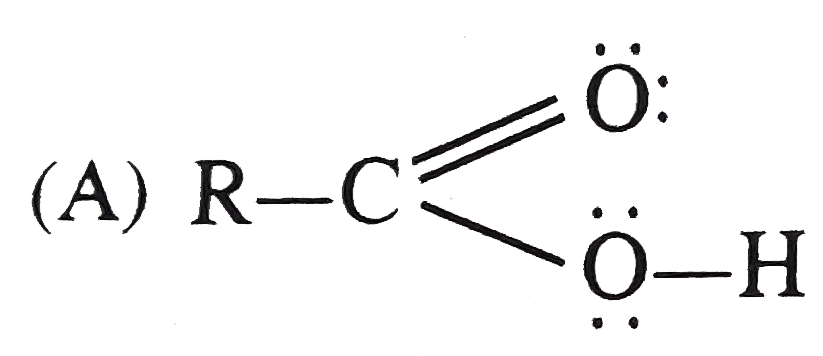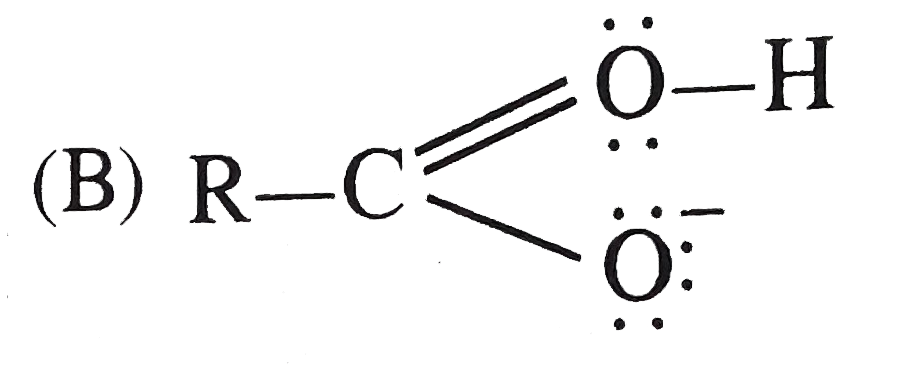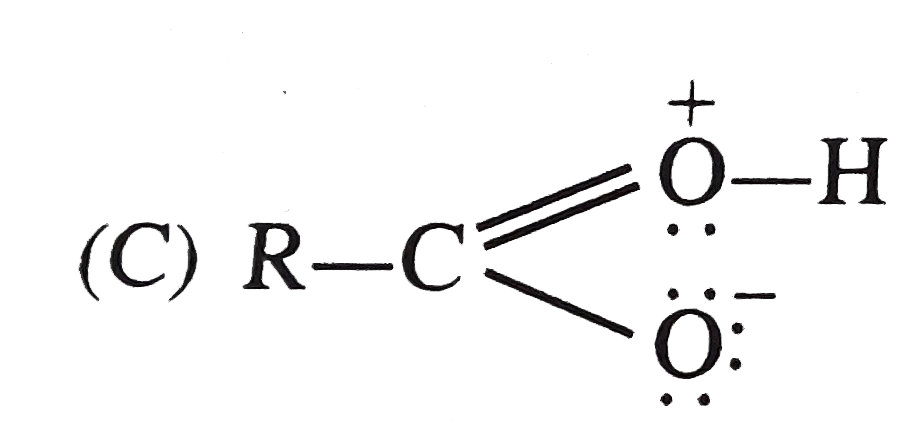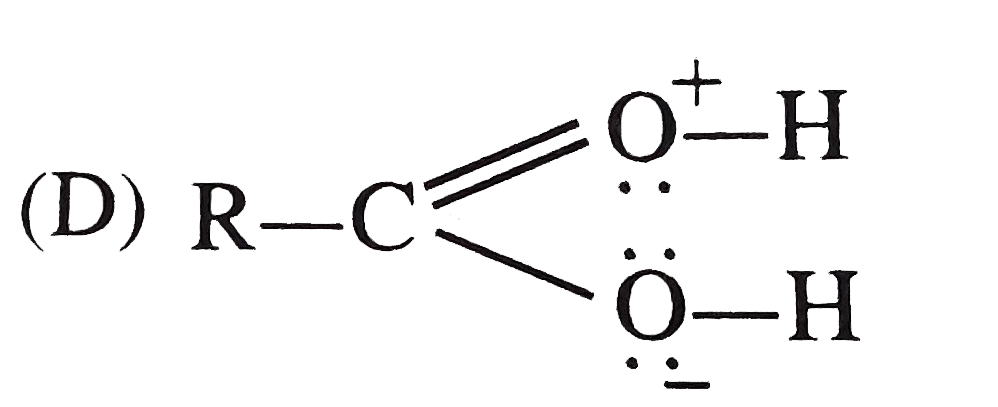Draw structure of salicylaldehyde.
Write reaction for preparation of acetophenone from benzoyl chloride.
Explain the acidic nature of carboxylic acids.
Step-by-Step Solution
1. Drawing the Structure of Salicylaldehyde:
- Salicylaldehyde is also known as ortho-hydroxybenzaldehyde.
- It consists of a benzene ring with a hydroxyl group (-OH) and an aldehyde group (-CHO) attached to it.
- The hydroxyl group is positioned at the ortho position relative to the aldehyde group.
- The structure can be drawn as follows:
OH∣C6H4−CHO
- In a more detailed structural formula, it can be represented as:
O∣|C6H4−C−H|H
2. Writing the Reaction for Preparation of Acetophenone from Benzoyl Chloride:
- Acetophenone can be prepared from benzoyl chloride using methyl cadmium chloride (a Grignard reagent).
- The reaction can be represented as follows:
BenzoylChlorC6H5COCl+MethylCadmiumChlorCH3MgCl→Ace⊤heno≠(C6H5COCH3)+MgCl2+HCl
- Here, the methyl group from methyl cadmium chloride attacks the carbonyl carbon of benzoyl chloride, leading to the formation of acetophenone.
3. Explaining the Acidic Nature of Carboxylic Acids:
- Carboxylic acids contain the carboxyl functional group (-COOH), which is responsible for their acidic properties.
- The acidic nature of carboxylic acids can be explained by their ability to donate a proton (H+) in aqueous solution.
- When a carboxylic acid donates a proton, it forms a carboxylate ion (RCOO-), which is stabilized by resonance.
- The resonance structures allow the negative charge to be delocalized over the two oxygen atoms, making the carboxylate ion more stable than the neutral acid.
- This stability of the conjugate base (carboxylate ion) is a key factor in the acidic strength of carboxylic acids.
- Therefore, carboxylic acids are considered good acids because they readily donate their acidic hydrogen to form stable conjugate bases.
- Salicylaldehyde is also known as ortho-hydroxybenzaldehyde.
- It consists of a benzene ring with a hydroxyl group (-OH) and an aldehyde group (-CHO) attached to it.
- The hydroxyl group is positioned at the ortho position relative to the aldehyde group.
- The structure can be drawn as follows:
O∣|C6H4−C−H|H
- Acetophenone can be prepared from benzoyl chloride using methyl cadmium chloride (a Grignard reagent).
- The reaction can be represented as follows:
- Carboxylic acids contain the carboxyl functional group (-COOH), which is responsible for their acidic properties.
- The acidic nature of carboxylic acids can be explained by their ability to donate a proton (H+) in aqueous solution.
- When a carboxylic acid donates a proton, it forms a carboxylate ion (RCOO-), which is stabilized by resonance.
- The resonance structures allow the negative charge to be delocalized over the two oxygen atoms, making the carboxylate ion more stable than the neutral acid.
- This stability of the conjugate base (carboxylate ion) is a key factor in the acidic strength of carboxylic acids.
- Therefore, carboxylic acids are considered good acids because they readily donate their acidic hydrogen to form stable conjugate bases.
Similar Questions
Knowledge Check
The acidic nature of carboxylic acid is due to
Ahigh degree of ionisation of acidBgreater resonance stabilization of the acidCgreater resonance stabilization of its anionDall of the aboveThe acidic nature of the carboxylic acids is due to:
Ahigh degree of ionisation of the acidBgreater resonance stabilization of the acidCgreater resonance stabilization of the carboxylate ionDall of the aboveThe resonating structure whose contribution result in the acidic nature of carboxylic acid
A B
B C
C D
D
Explain the mechanism of esterification carboxylic acids.
View SolutionDraw the structure of an amino acid.
View SolutionAcyl halides are prepared by the action of _____on carboxylic acids.
View SolutionDraw structure of pyrophosphoric acid .
View SolutionDraw structure of peroxodisulphuric acid.
View Solution
